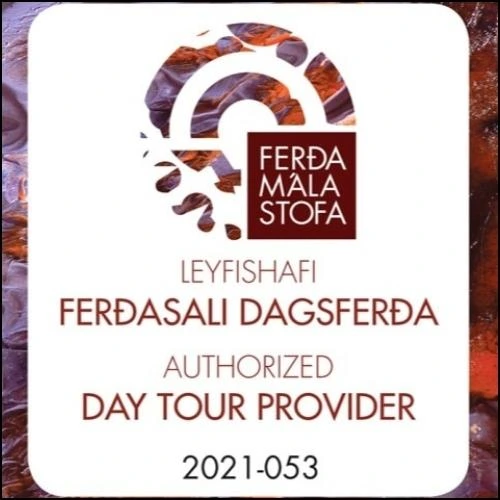Iceland, the land of fire and ice, is one of the most active volcanic regions in the world. The island’s rugged landscapes are shaped by powerful volcanic eruptions that have been occurring for centuries. The country’s unique geological location, sitting atop the Mid-Atlantic Ridge, means that it’s constantly at the mercy of tectonic activity. From towering lava fountains to rivers of molten rock, Iceland’s volcanoes create some of the most mesmerizing natural spectacles on the planet. In this blog, we’ll dive deep into the fascinating world of Iceland volcano eruptions, exploring the history, science, and impact these eruptions have on both the environment and the people living in this extraordinary region.
Iceland: The Land of Volcanoes and Lava Fields
Iceland is home to around 130 volcanoes, many of which are still active today. The island sits on top of the divergent boundary between the Eurasian and North American tectonic plates. As these plates pull apart, magma rises from deep beneath the Earth’s surface, resulting in volcanic eruptions. These eruptions shape Iceland’s distinctive landscapes, with vast lava fields, hot springs, geysers, and towering waterfalls all born from volcanic activity.
The Icelandic landscape has been drastically altered by volcanic eruptions over thousands of years. Notable eruptions, like the eruption of Eyjafjallajökull in 2010, have captured the world’s attention, but Iceland’s volcanic history goes back much further, with eruptions occurring throughout the island’s existence.
Types of Volcanoes in Iceland
Iceland boasts a variety of volcano types, each with its own unique eruption style and characteristics. Here are the main types of volcanoes found in the country:
- Shield Volcanoes
Shield volcanoes are broad and have gentle slopes. These volcanoes often produce lava that flows easily, spreading over large areas. The lava is typically basaltic, which is low in viscosity and allows it to flow smoothly. These eruptions can create extensive lava fields and sometimes even form entire mountain ranges.
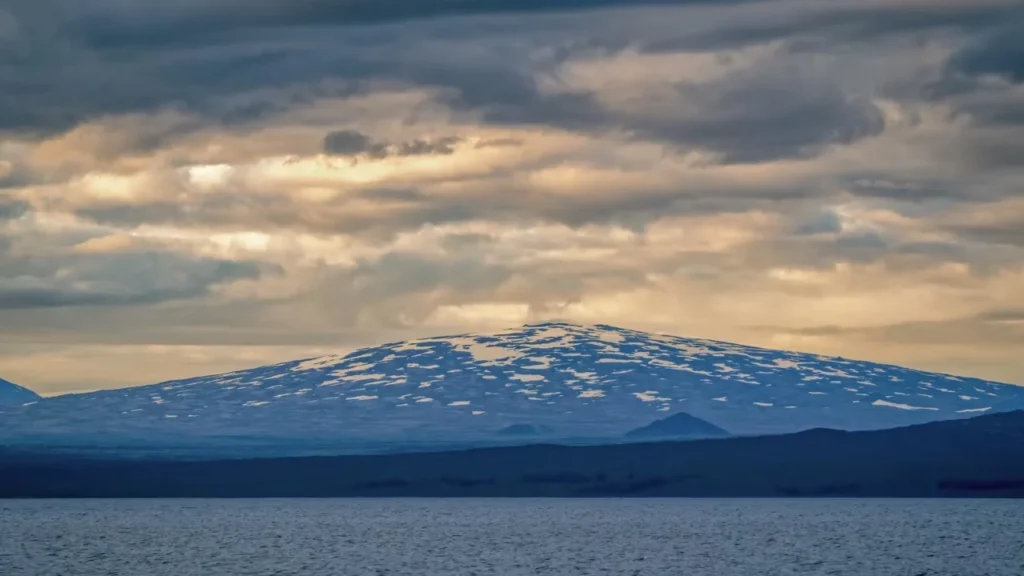
- Stratovolcanoes (Composite Volcanoes)
Stratovolcanoes are steeper and more explosive than shield volcanoes. They are built up over time by alternating layers of solidified lava and volcanic ash. These volcanoes can erupt violently, with pyroclastic flows and ash clouds that can have a significant impact on the surrounding environment. Iceland’s most famous stratovolcano, Hekla, is often referred to as the “Gateway to Hell” because of its explosive eruptions throughout history.
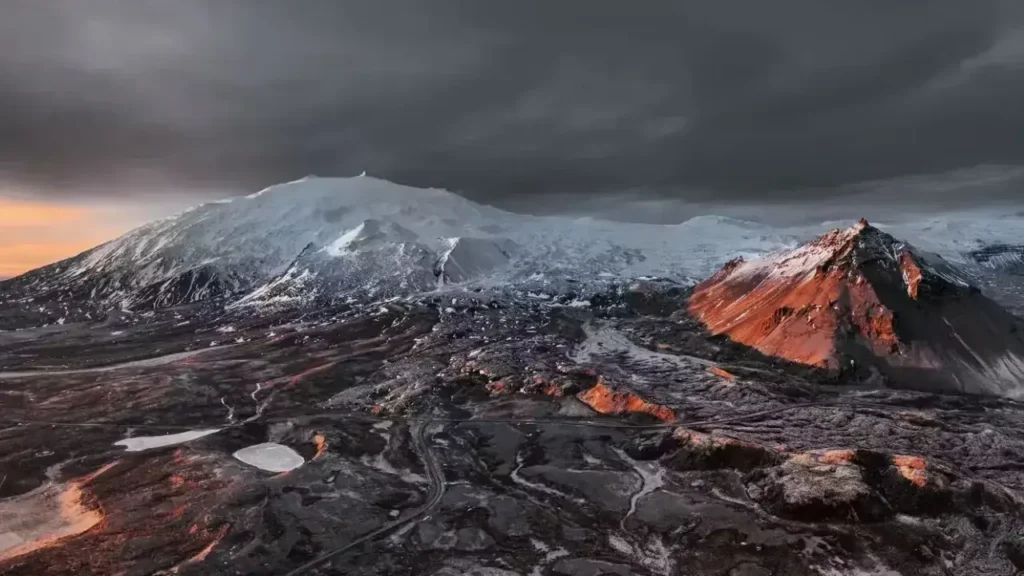
- Fissure Volcanoes
Fissure volcanoes occur when magma escapes through cracks or fissures in the Earth’s crust, rather than from a single central vent. These eruptions can be incredibly spectacular, with large flows of lava spreading across vast areas. The 1783 eruption of the Laki fissure volcano was one of the most catastrophic in Iceland’s history, resulting in a volcanic winter and widespread environmental damage.
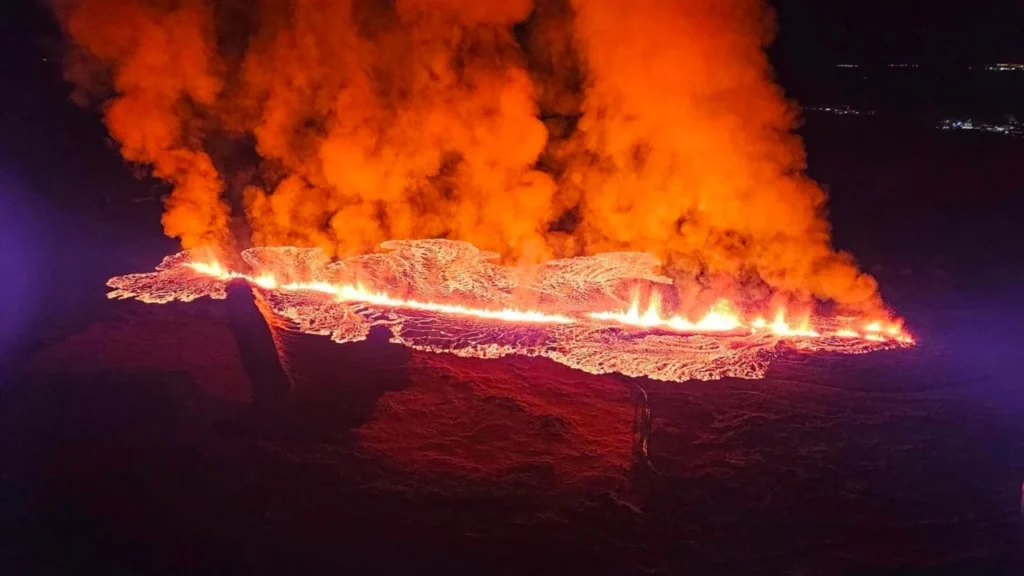
Famous Volcanic Eruptions in Iceland’s History
- The Eruption of Eyjafjallajökull (2010)
Perhaps the most famous volcanic eruption in Iceland’s modern history, the 2010 eruption of Eyjafjallajökull, brought the world to a standstill. The eruption sent ash clouds into the atmosphere, disrupting air travel across Europe for several weeks. The ash cloud covered large parts of Iceland, and the eruption itself was a spectacle of towering plumes of smoke and lava explosions. Eyjafjallajökull’s eruption was caused by the melting of the glacier above the volcano, which resulted in massive flooding, a phenomenon known as jökulhlaup.
Despite the chaos it caused, the eruption of Eyjafjallajökull is a reminder of the powerful and unpredictable nature of Iceland’s volcanic activity. The eruption also drew attention to the potential dangers volcanic eruptions can pose to air traffic and infrastructure.
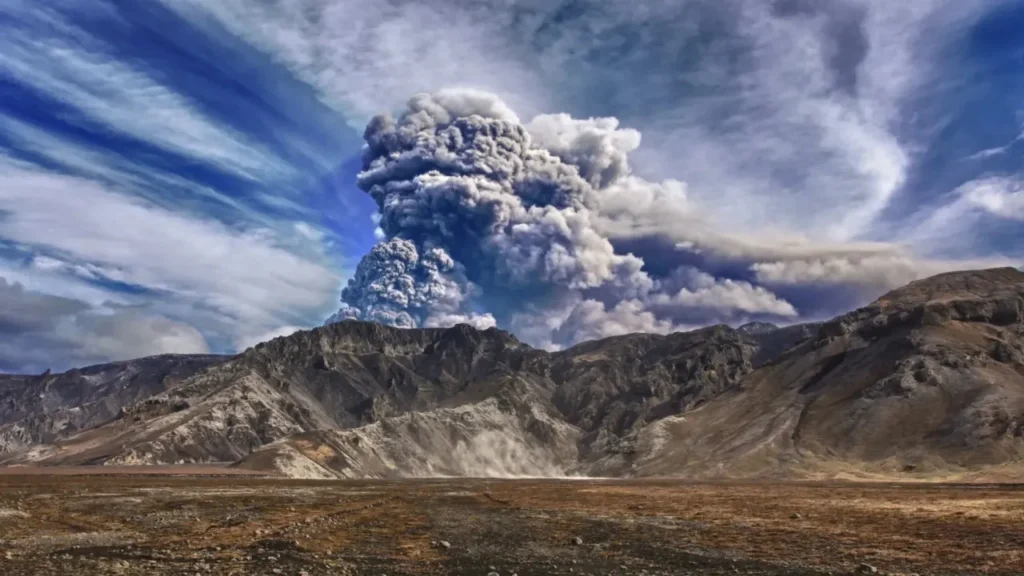
- The Laki Eruption (1783-1784)
One of the deadliest volcanic events in Iceland’s history, the Laki eruption of 1783-1784, released massive amounts of gas and ash into the atmosphere, leading to a phenomenon known as the “Laki haze.” The eruption lasted for eight months, and during this time, the volcanic emissions killed livestock, destroyed crops, and caused a famine that led to the death of around a quarter of Iceland’s population. The Laki eruption also had a global impact, contributing to the “Year Without a Summer” in 1816, which caused widespread crop failures and food shortages in Europe and North America.
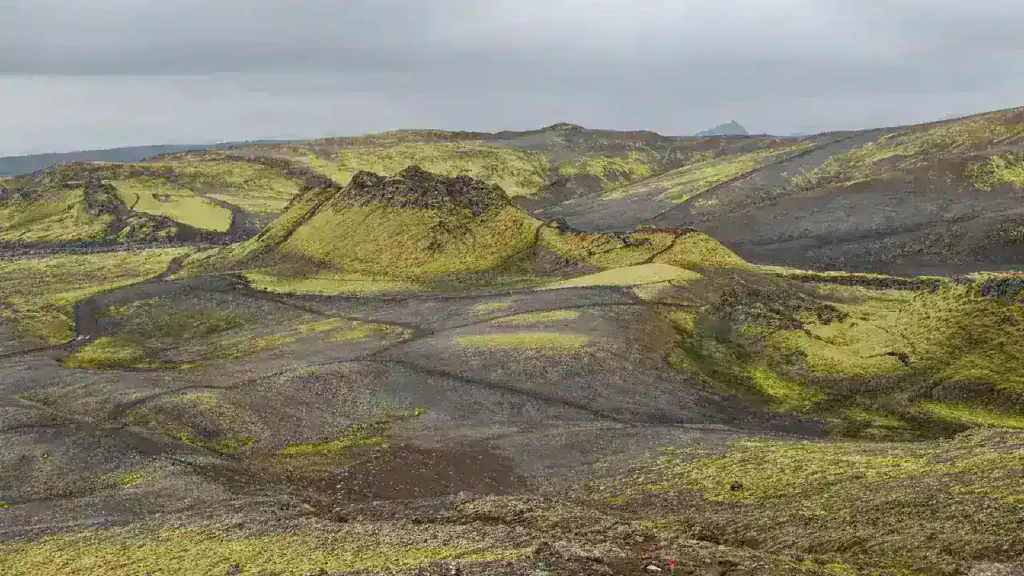
- The Katla Volcano
Katla is one of Iceland’s most powerful volcanoes, located beneath the Mýrdalsjökull glacier in southern Iceland. It has erupted many times throughout history, with the most recent eruption occurring in 1918. Katla is known for its explosive eruptions, which are often accompanied by flooding caused by the rapid melting of ice. Scientists closely monitor Katla because of its potential for a massive eruption in the future. Due to its location beneath the glacier, any eruption at Katla could cause significant flooding, ash fall, and disruption to nearby communities.
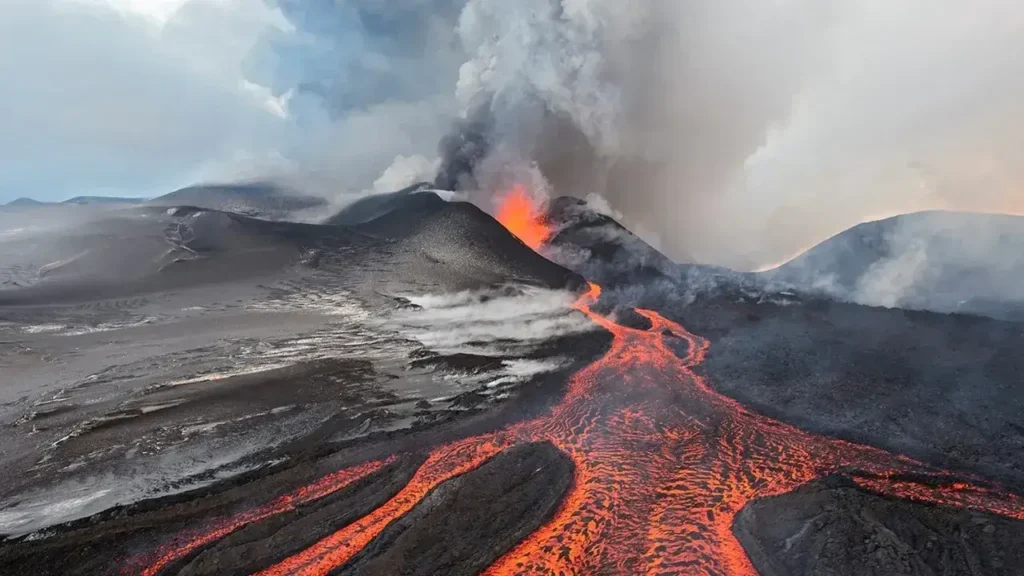
- Hekla’s Eruptions
Hekla is one of Iceland’s most active volcanoes, with frequent eruptions occurring throughout the centuries. Known as the “Gateway to Hell” in Icelandic folklore, Hekla’s eruptions are often violent and explosive. The volcano has erupted over 20 times since settlement in Iceland, with the most recent eruption occurring in 2000. Hekla’s eruptions often produce ash clouds that can disrupt air traffic, and its eruptions are some of the most closely watched by volcanologists.
The Impact of Icelandic Volcanic Eruptions
Volcanic eruptions in Iceland can have both local and global consequences. Locally, eruptions can cause flooding, ash fall, and lava flows, which can destroy infrastructure, homes, and farmlands. The ash clouds from eruptions can also disrupt transportation and air travel, as seen during the Eyjafjallajökull eruption.
Globally, volcanic eruptions can influence the climate. The release of sulfur dioxide into the atmosphere can lead to the formation of sulfate aerosols, which reflect sunlight and cool the Earth’s surface. This cooling effect can cause temporary global temperature drops, such as the one observed after the 1783 eruption of Laki.
Iceland’s Volcanic Tourism: A Thrilling Experience
Iceland’s active volcanoes are a major draw for tourists seeking to witness nature’s raw power. The country offers numerous opportunities for travelers to experience volcanic landscapes up close. Whether it’s hiking to the rim of a crater, exploring lava caves, or witnessing an eruption from a safe distance, Iceland is a volcanic adventure waiting to be had.
Some of the most popular volcanic tourism sites in Iceland include:
– The Blue Lagoon: A geothermal spa located in a lava field, offering visitors a chance to relax in warm, mineral-rich waters.
– Þingvellir National Park: A UNESCO World Heritage Site where visitors can see the rift between the North American and Eurasian tectonic plates.
– Hekla Volcano: A challenging hike that rewards adventurers with panoramic views of the surrounding lava fields and craters.
– Eyjafjallajökull: Although the volcano itself is not currently erupting, the nearby visitor center provides fascinating exhibits about the 2010 eruption.
The Future of Iceland’s Volcanoes
Iceland’s volcanoes remain active, and scientists are constantly monitoring their behavior to predict eruptions and minimize the risks to human life. While it’s impossible to predict exactly when the next eruption will occur, scientists use various tools, including seismic activity, gas emissions, and ground deformation, to assess volcanic activity and issue early warnings.
In the future, Iceland’s volcanoes may continue to shape the landscape and even contribute to new geothermal energy sources, offering opportunities for sustainable development. With the continued growth of tourism, Iceland’s volcanoes will remain one of the country’s most captivating natural wonders.
Conclusion
Volcanic eruptions in Iceland are a testament to the power and unpredictability of nature. These eruptions shape the island’s geography, create stunning landscapes, and remind us of the Earth’s dynamic processes. From the explosive eruptions of Hekla and Katla to the mesmerizing lava flows and geothermal energy, Iceland is a volcanic wonderland that attracts adventurers, scientists, and tourists alike. Whether you’re looking to witness an eruption or simply explore the stunning volcanic landscapes, Iceland offers an unforgettable experience for those ready to embrace the thrill of nature’s fiery power.
Stay tuned for more updates on Iceland’s volcanoes, as this land of fire and ice continues to captivate the world with its natural beauty and geological wonders!

